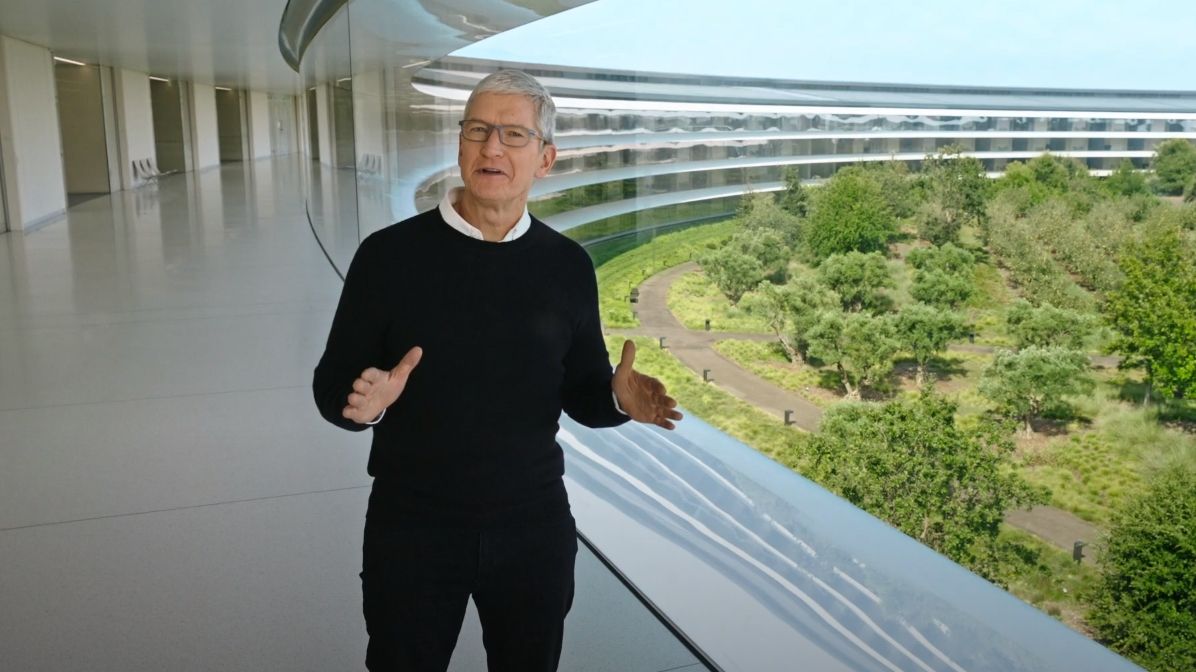
A new rumor suggests the Apple Glasses could land in the first quarter of 2022, and when they do, sport six lenses and LiDAR distance tracking to augment VR and AR capabilities.
Apple Glasses will likely have a similar industrial design to other VR headsets currently on the market, expects JPMorgan Chase industry analyst Yang Weilun, according to China Times. But it may end up being pricier than competing headsets, as Weilun predicts Apple’s to cost $500 to produce per unit.
Given the complexity of Apple Glasses’ specs, JPMorgan Chase’s Weilun doesn’t expect them to be released for another 12 to 18 months. That matches other rumors suggesting we may not see them on the market until 2022 or 2023, though that wouldn’t stop Apple from announcing them first to build consumer interest.
It’s unclear exactly how Weilun’s prediction of six lenses would specifically help VR and/or AR capabilities – are they lenses to view screens, or are they referring to external cameras to view the outside world? But the LiDar is a more straightforward advantage, using Time of Flight technology to monitor distance to external objects via emitting a laser and tracking how long it takes to return.
Apple Glasses: VR, AR, or both? Depends on the rumor
This report references Apple Glasses as a singular product capable of both AR and VR, but other rumors differ on whether there will be one or multiple headsets – or headsets and glasses – released by Apple.
A recent rumor arising from a Bloomberg report suggests that Apple is developing two distinct products: a headset that has more VR than AR capabilities, and will presumably look and work much like other VR headsets on the market, which could launch as soon as 2022, sources told Bloomberg. That leaves the actual Google Glass-like Apple Glasses, AR-powered spectacles, to come in 2023 at earliest.
That timeline could match the one that JPMorgan Chase’s Weilun predicted, with the first device so complex that it won’t come until later in 2022 or 2023.
It’s harder to speculate about price, but we can get some idea by comparing other Apple products.
The iPhone 12 Pro’s cost of materials (COM) to build it is $406, as reported by Nikkei Asia, which would be around 40% of the phone’s $999 / £999 / AU$1,699 baseline pricetag. Weilun estimates that the Apple Glasses (either VR headsets or spectacles) could have a $500 cost of materials (COM), and some basic napkin math applying that 40% number would put an Apple Glasses product pricetag at $1,231.
That could end up being an apples-to-oranges comparison given all the differences between the Apple Glasses and the iPhone 12 Pro, from components to development costs to desired margins. But it is a stark contrast to that Bloomberg report’s theorizing a price in line with the $5,999 (about £5,499, AU$9,999) iMac Pro.
Via PhoneArena